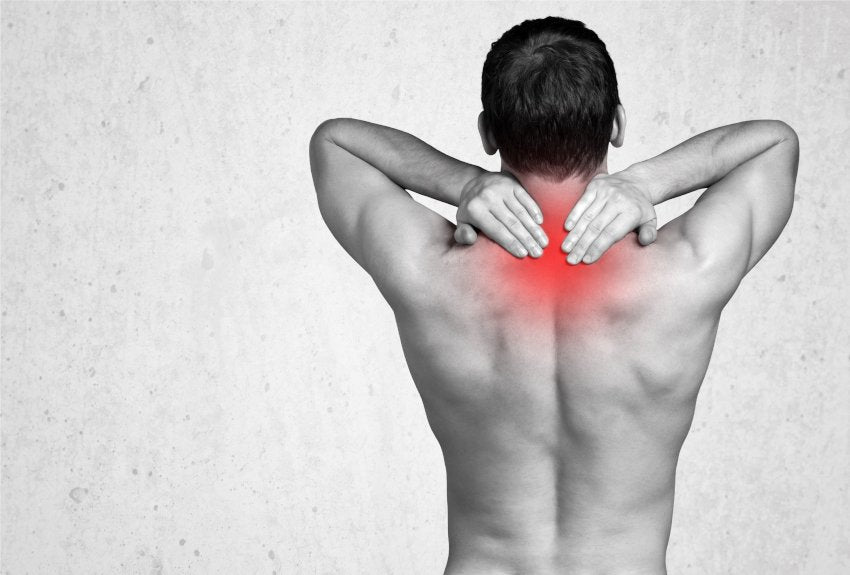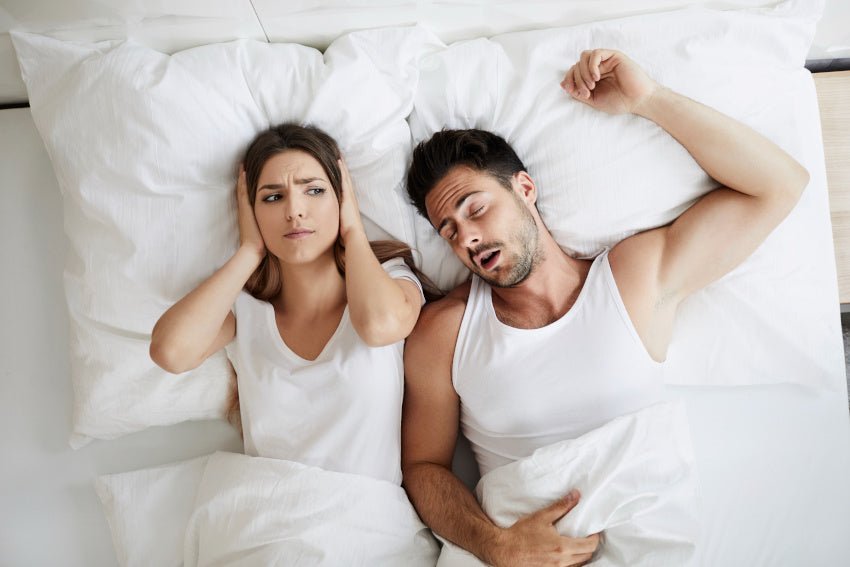Back pain can range from a dull, constant ache to a sudden, sharp pain that makes it hard to move. It can start quickly if you fall or lift something too heavy, or it can get worse slowly.
Who gets back pain?
Anyone can have back pain, but some things that increase your risk are:
- Getting older. Back pain is more common the older you get. You may first have back pain when you are 30 to 40 years old.
- Poor physical fitness. Back pain is more common in people who are not fit.
- Being overweight. A diet high in calories and fat can make you gain weight, and this can stress the back and cause pain.
- Inherited diseases or conditions. Some kinds of back pain, such as disc disease, can be inherited.
- Other diseases. Some types of arthritis and cancer can cause back pain.
- Your job. If you have to lift, push, or pull while twisting your spine, you may get back pain. If you work at a desk all day and do not sit up straight, you may also get back pain.
- Smoking. Your body may not be able to get enough nutrients to the discs in your back if you smoke. Smoker’s cough may also cause back pain. People who smoke are slow to heal, so back pain may last longer.

What are the causes of back pain?
There are many causes of back pain. Physiological problems with the back itself, such as disc breakdown, spasms, tense muscles, ruptured discs, injuries from sprains and accidents. Back pain can also occur with some conditions and diseases, such as scoliosis,spondylolisthesis, arthritis, spinal stenosis, pregnancy, kidney stones, infections, endometriosis, and fibromyalgia. Another possible cause of back pain is stress.
Can back pain be prevented?
The best things you can do to prevent back pain are:
- Exercise often and keep your back muscles strong.
- Maintain a healthy weight.
- Check with your doctor whether you need to supplement your diet with calcium and vitamin D.
- Try to maintain good posture and avoid heavy lifting when you can. If you do lift something heavy, bend your legs and keep your back straight.
- Ensure you are sleeping on the correct pillow and a supportive mattress. We have a wide range of therapeutic pillows and mattresses that assist in the relief of back pain.
When should I see a doctor for back pain?
You should see a doctor if you have:
- Numbness or tingling.
- Severe pain that does not improve with rest.
- Pain after a trauma or injury.
How Is Back Pain Diagnosed?
To diagnose back pain, your doctor will take your medical history and do a physical examination. Your doctor may order other tests, such as X rays, magnetic resonance imaging (MRI), computed tomography (CT) scan, or blood tests. Medical tests may not show the cause of your back pain and occasionally the cause of back pain is never known.
What is the difference between acute and chronic pain?
Acute pain starts quickly and lasts less than six weeks. It is the most common type of back pain. Acute pain may be caused by things like falling, a sporting injury, or lifting something heavy. Chronic pain lasts for more than three months and is much less common than acute pain.
How is back pain treated?
Treatment for back pain depends on what kind of pain you have. Acute back pain usually gets better without any treatment, but you may want to take anti-inflammatories recommended by your doctor, and rest your back to help ease the pain. Exercise and surgery are not usually used to treat acute back pain.
Following are some treatments that are used for chronic back pain. But please talk to your doctor first.
- Hot or cold packs (or both)
- Hot or cold packs can soothe sore, stiff backs. Heat reduces muscle spasms and pain. Cold helps reduce swelling and numbs deep pain. Using hot or cold packs may relieve pain, but this treatment does not fix the cause of chronic back pain.
- Exercise
- Proper exercise can help ease chronic pain but should not be used for acute back pain. Your doctor or physical therapist can tell you the best types of exercise to do.
- Medications used for back pain:
- Analgesic medications are over-the-counter drugs such as paracetamol and aspirin, or prescription pain medications.
- Topical analgesics are creams, ointments, and
 salves rubbed onto the skin over the site of pain.
salves rubbed onto the skin over the site of pain. - Nonsteroidal anti-inflammatory drugs (NSAIDs) are drugs that reduce both pain and swelling. NSAIDs include over-the-counter drugs such as ibuprofen, ketoprofen,Voltaren and naproxen sodium. Your doctor may prescribe stronger NSAIDs.
- Muscle relaxants and some antidepressants have also been prescribed for chronic back pain, but it is not yet known if they work for back pain.
- Behavior Changes
- Learn how to correctly lift, push, and pull with less stress on your back. Changing how you exercise, relax, and sleep can help lessen back pain. Eating a healthy diet and not smoking will also help.
- Injections
- Your doctor may suggest steroid or numbing shots to lessen your pain.
- Complementary and Alternative Medical Treatments
- Many people use complementary and alternative treatments to combat back pain. The most common of these treatments are:
- Manipulation.
- Professionals use their hands to adjust or massage the spine or nearby tissues.
- Transcutaneous electrical nerve stimulation (TENS).
- A small box over the painful area sends mild electrical pulses to nerves.
- Acupuncture
- This Chinese practice uses thin needles to relieve pain and restore health. Acupuncture may be effective when used as part of a comprehensive treatment plan for low back pain.
- Acupressure
- A therapist applies pressure to certain places in the body to relieve pain.
- Surgery
- Surgery is usually used for chronic back pain when other treatments do not work. You may need surgery if you have:
- A herniated disc. When one or more of the discs that cushion the bones of the spine are damaged, the jelly-like centre of the disc leaks, causing pain.
- Spinal stenosis. This condition causes the spinal canal to become narrow.
- Spondylolisthesis. This occurs when one or more bones of the spine slip out of place.
- Vertebral fractures. A fracture can be caused by a blow to the spine or by crumbling of the bone due to osteoporosis.
- Degenerative disc disease. As people age, some have discs that break down and cause severe pain.
- Rarely, when back pain is caused by a tumor, an infection, or a nerve root problem called caudaequina syndrome, surgery is needed right away to ease the pain and prevent more problems.
What kind of research is being done?
Back pain researchers are studying:
- Surgical versus nonsurgical treatment for back pain
- The best treatments for low back pain
- How well lumbar fusion surgery works for disc pain
- How often there are problems after lumbar fusion surgery
- Loss of movement and low back pain
- Ways for people with acute low back pain to feel better
- The role of nerves in low back pain
Mattress & Pillow Science. The healthy sleep specialists.




Leave a comment
This site is protected by hCaptcha and the hCaptcha Privacy Policy and Terms of Service apply.